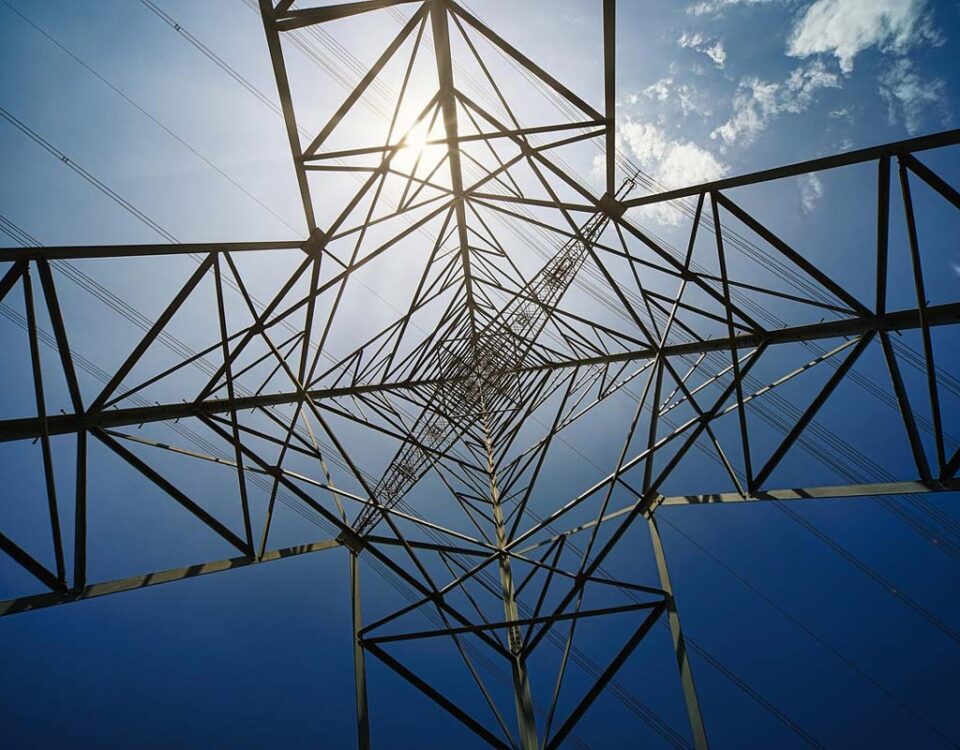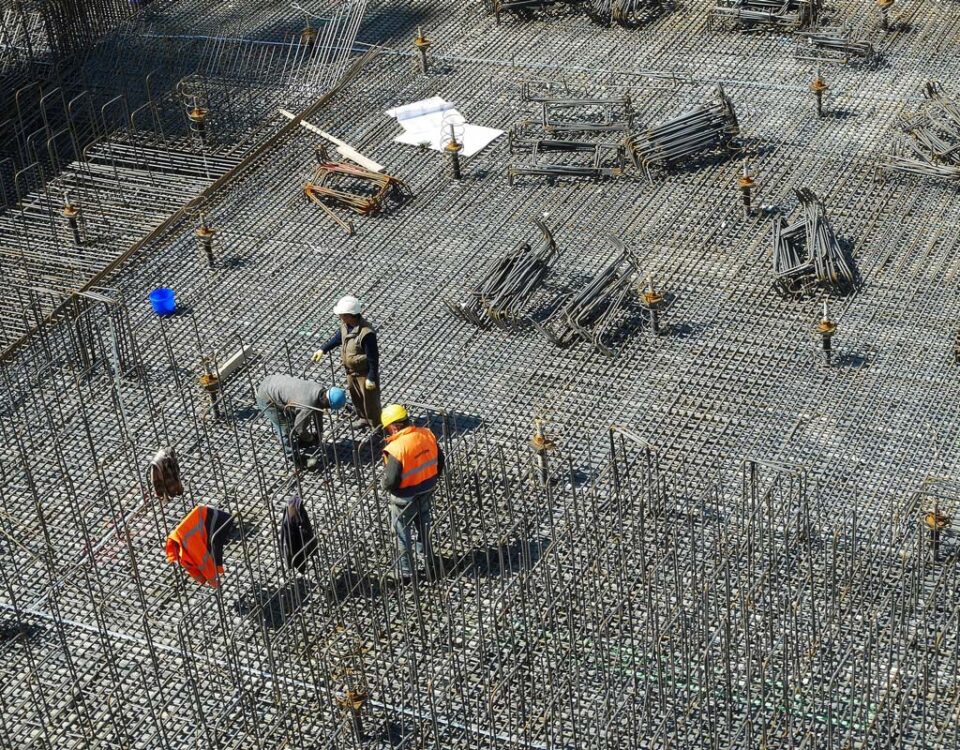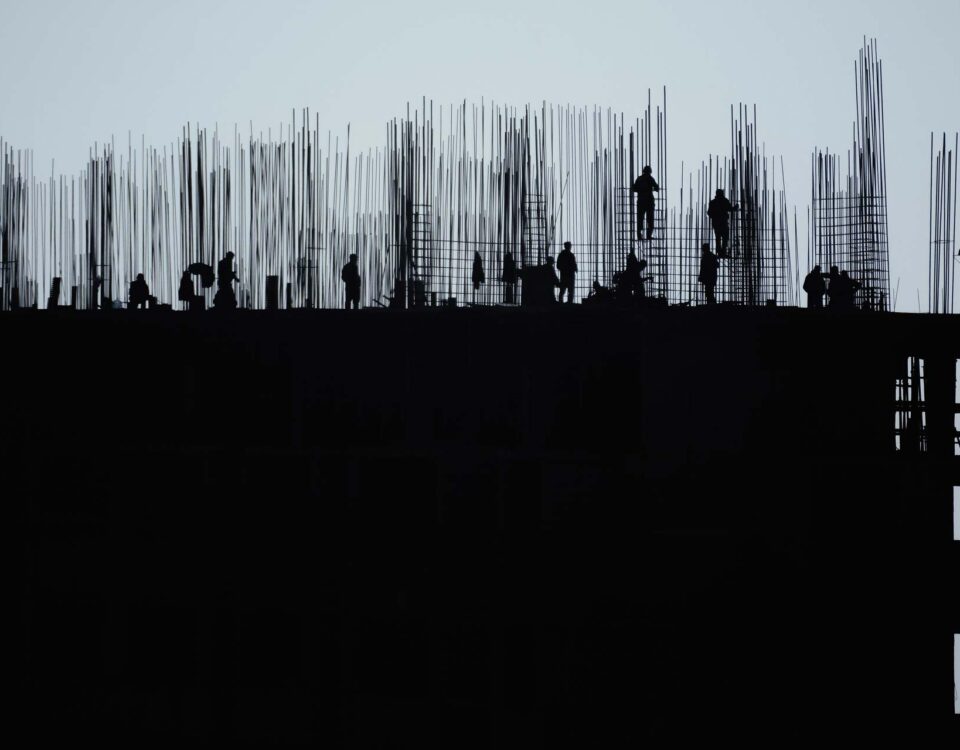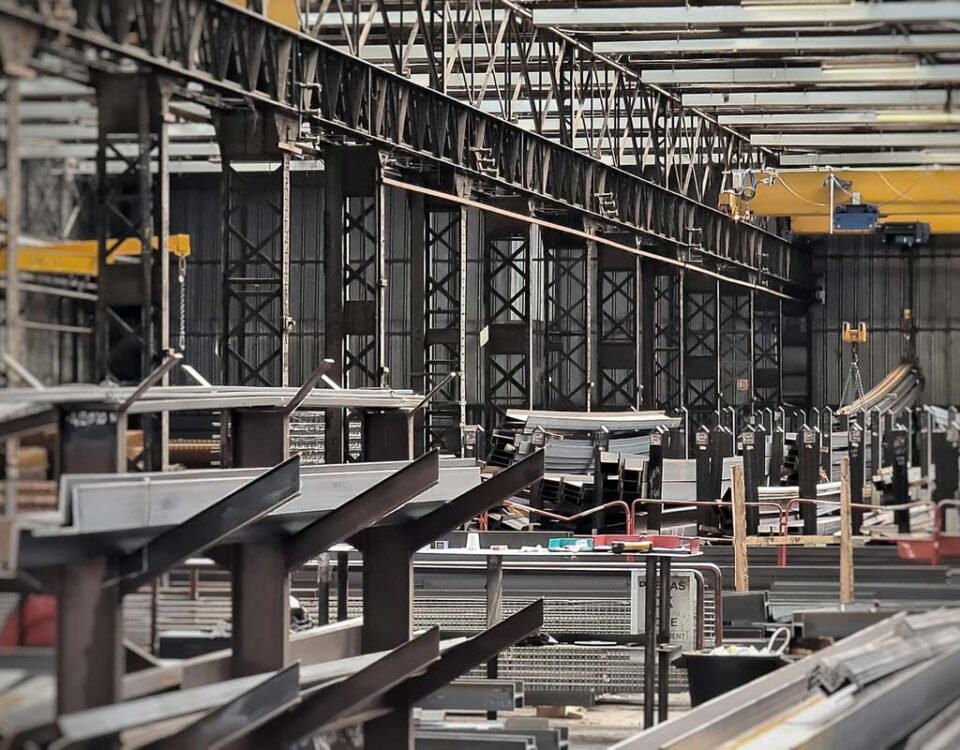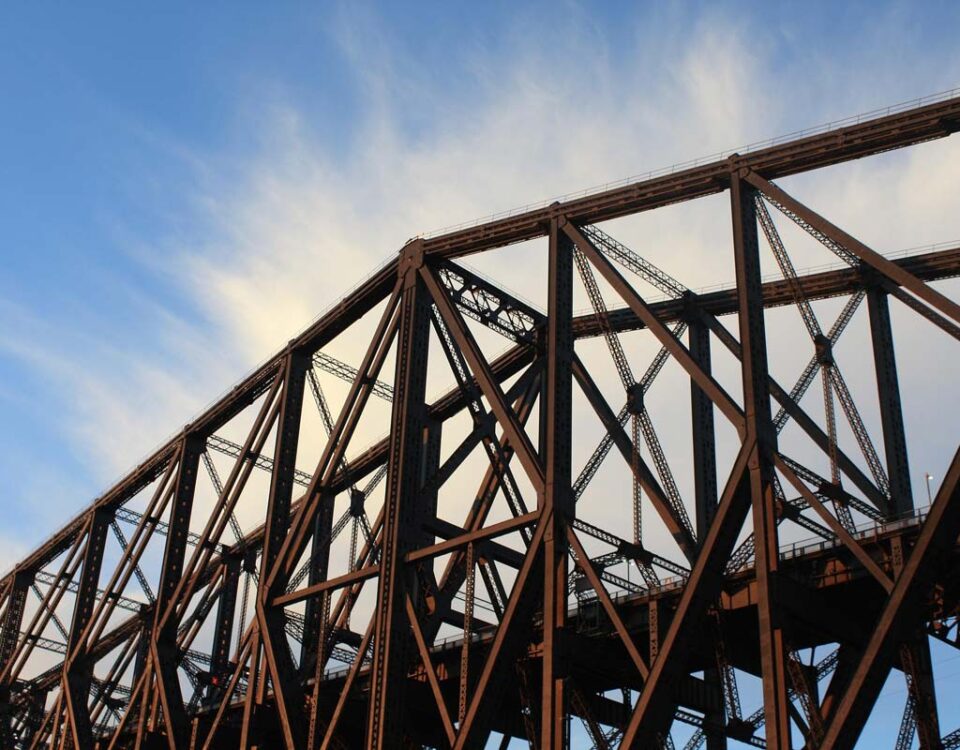Steel frame bridges, as symbols of structural engineering progress and modern infrastructure development, have played a prominent role in connecting cities, spanning natural obstacles, and advancing transportation networks.
Historical Background
The history of steel in bridge construction dates back to the mid‑19th century, when advancements in iron production and later industrial steel manufacturing paved the way for stronger bridges with longer spans compared to stone or timber structures. One of the earliest notable examples is the Iron Bridge in England, completed in 1779. However, the true flourishing of this industry coincided with innovations in rolling technology and metal assembly methods. By the late 19th and early 20th centuries, landmark projects such as the Brooklyn Bridge in New York (1883) and the Golden Gate Bridge in San Francisco (1937) relied on steel frames with bolted and welded connections, standing as engineering masterpieces of their time.
Steel Bridges in Iran
In Iran, steel bridge construction has a history spanning more than a century. From progressive designs of the Pahlavi I era, such as Karun 1 Bridge in Ahvaz, to contemporary highway and railway bridges, these structures have consistently benefited from steel’s flexibility, high strength, and rapid assembly capability. Today, steel arch, truss, plate‑girder, and cable‑supported bridges are built in various sizes, selected according to project requirements and geographic conditions. A notable modern example is the Asalem Steel Arch Bridge, with a 70‑meter span and over 1,000 tons of structural weight, combining advanced technology, 3D surveying, and pre‑fabricated component assembly.
Technical & Operational Challenges
Despite remarkable achievements, the construction and operation of steel frame bridges face multiple technical and execution challenges. One of the most critical concerns is corrosion protection. Exposure to moisture, rainfall, temperature variations, and environmental pollutants can rapidly damage steel; thus, anti‑corrosion coatings, painting, and galvanization are essential measures. Quality control during cutting, welding, and assembly is also vital, as even minor mistakes in connections or fit‑up can lead to significant structural issues.
From an operational perspective, periodic maintenance and inspections are required to monitor vibrations and dynamic loads from traffic, and to ensure the reliability of connections. Complex engineering tasks—such as deflection analysis, force distribution, optimal section design, and compliance with advanced international standards—make steel bridge projects highly demanding for engineers.
Advantages & Enduring Relevance
Nonetheless, the pre‑fabrication capability of steel components, adaptability for construction in remote or challenging terrain, accelerated building timelines, and the possibility of future expansion or strengthening of bridges are among the factors that keep steel frame bridges as one of the most effective and preferred options in modern infrastructure projects.









